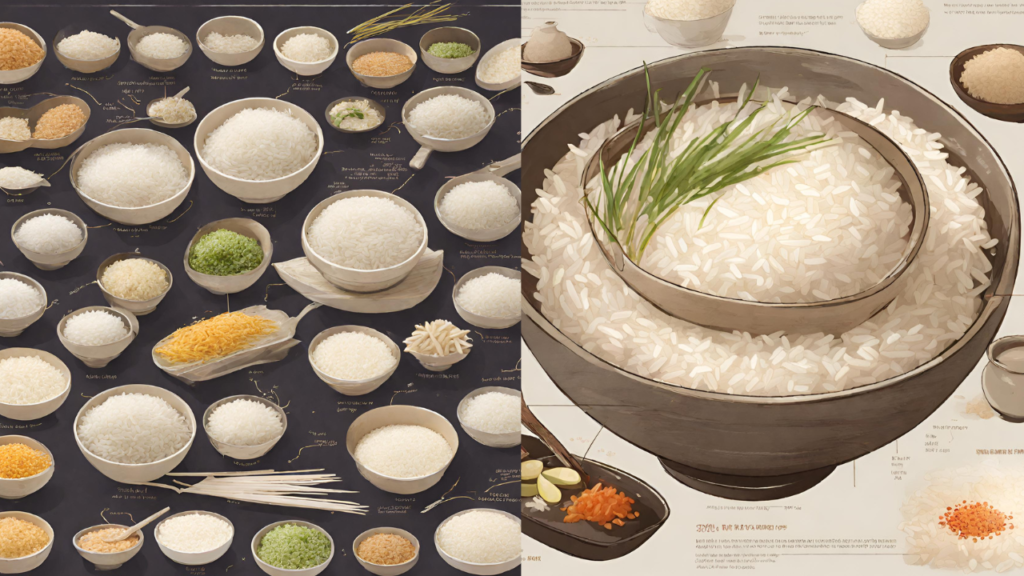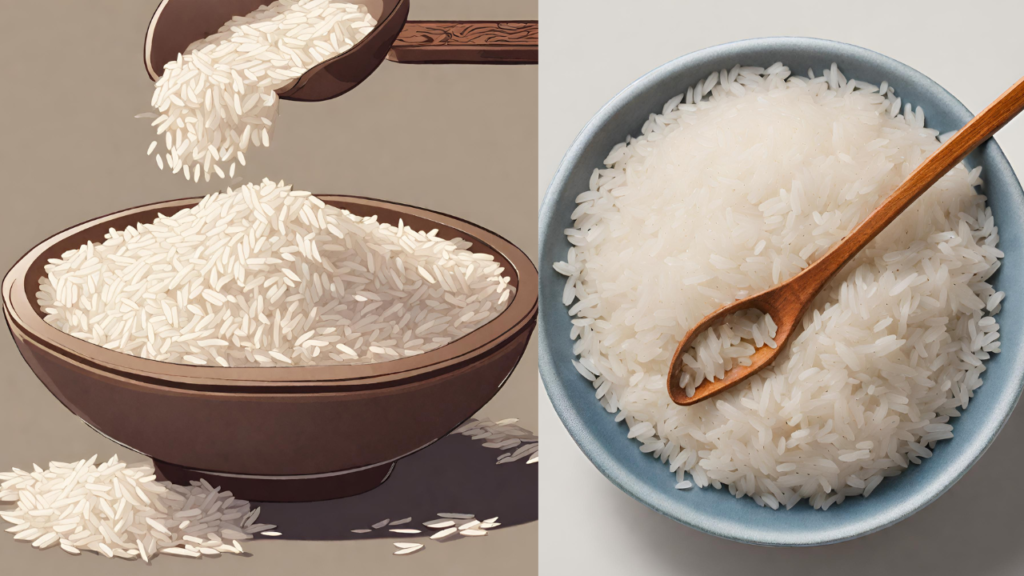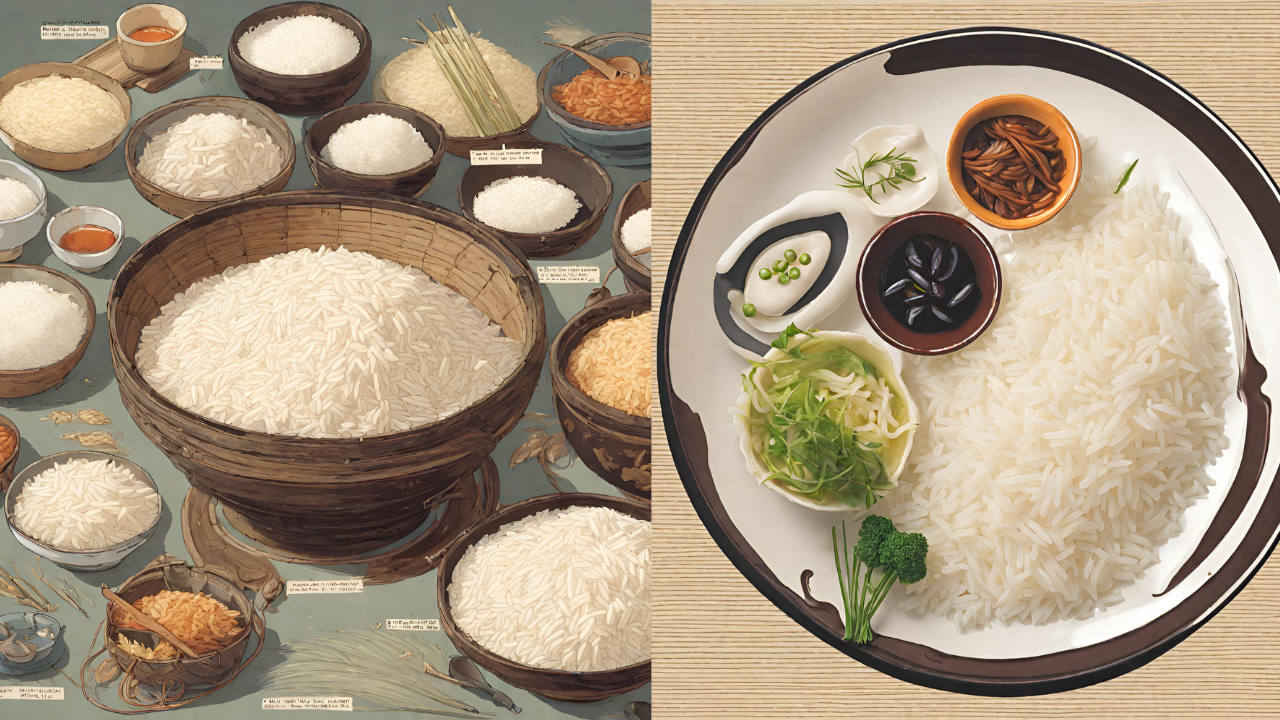SEO Meta Description
Learn how to write a comprehensive article on rice, covering its types, cultivation, nutritional value, cooking methods, and much more. Discover everything you need to know about rice in this detailed guide.
Introduction
Rice, a staple food for more than half of the world’s population, holds immense cultural and culinary significance globally. From Asia to the Americas, rice serves as a vital component of countless dishes, offering versatility and nourishment. In this article, we delve into the various aspects of rice, from its types and cultivation to its nutritional benefits and culinary applications.
Table of Contents
Types of Rice
Rice comes in numerous varieties, each with its own unique characteristics and culinary uses. Understanding the different types of rice can elevate your cooking and enhance your dining experience.

Long-Grain Rice
Long-grain rice, known for its slender appearance and fluffy texture, is a popular choice in many households. This type of rice remains separate and distinct after cooking, making it ideal for dishes like pilaf and stir-fries.
Short-Grain Rice
Short-grain rice, characterized by its plump and rounded grains, has a tendency to stick together when cooked, resulting in a sticky and chewy texture. It is commonly used in dishes such as sushi and risotto.
Basmati Rice
Basmati rice, prized for its fragrance and delicate flavor, originates from the Indian subcontinent. With its long, slender grains and subtle nutty aroma, basmati rice pairs perfectly with Indian curries and biryanis.
Jasmine Rice
Jasmine rice, native to Thailand, boasts a fragrant aroma reminiscent of jasmine flowers. Its soft and slightly sticky texture makes it a popular choice for Asian-inspired dishes.
Arborio Rice
Arborio rice, known for its high starch content, is the quintessential rice variety for creamy risottos. Its ability to absorb liquids while maintaining a firm texture makes it a favorite among chefs.
Cultivation of Rice
Rice cultivation is a labor-intensive process that involves several stages, from seedling preparation to harvesting. Understanding the cultivation methods is essential for appreciating the journey of rice from paddies to plates.

Seed Selection and Preparation
The rice cultivation process begins with the careful selection of seeds. Farmers choose seeds based on factors such as yield potential, disease resistance, and environmental adaptability. Once selected, the seeds undergo pre-planting treatments to enhance germination and growth.
Transplanting
Transplanting is a crucial stage in rice cultivation, where seedlings are transplanted from nurseries to flooded fields known as paddies. This process requires precise timing and spacing to ensure optimal growth and yield.
Water Management
Water management plays a vital role in rice cultivation, as rice requires a continuous water supply for growth. Farmers employ various techniques, such as flood irrigation and controlled drainage, to maintain the ideal water levels in the paddies throughout the growing season.
Fertilization and Pest Control
Fertilization and pest control are essential practices to ensure healthy rice crops and maximize yields. Farmers apply fertilizers to provide essential nutrients, while also employing integrated pest management strategies to control pests and diseases.
Nutritional Value of Rice
Rice serves as a rich source of carbohydrates, providing energy for the body, along with essential vitamins and minerals. Understanding the nutritional value of rice can help individuals make informed dietary choices.
Carbohydrates
The carbohydrates in rice provide fuel for the body and support various physiological functions.
Vitamins and Minerals
While rice is low in fat and protein, it contains essential vitamins and minerals, including B vitamins, iron, and magnesium.
Dietary Fiber
Certain varieties of rice, such as brown rice, contain dietary fiber, which aids in digestion and promotes bowel regularity. Incorporating fiber-rich rice varieties into your diet can contribute to digestive health and satiety.
Cooking Methods for Rice
Cooking rice to perfection requires the right technique and attention to detail. Whether you prefer fluffy grains or sticky textures, mastering different cooking methods can elevate your rice dishes.
Boiling
Boiling is the most common method of cooking rice, where the grains are submerged in water and cooked until tender. This method works well for long-grain and medium-grain rice varieties.
Steaming
Steaming is an alternative method of cooking rice that involves placing the rice in a steamer basket or pot and allowing it to cook in the steam generated by boiling water. Steaming helps preserve the texture and flavor of the rice, making it ideal for delicate varieties like jasmine and basmati.
Simmering
Simmering is a gentle cooking method that involves cooking rice in a small amount of liquid over low heat. This method is often used for creamy rice dishes like risotto, where the rice slowly absorbs the flavorful liquid to create a rich and creamy texture.
Health Benefits of Rice
Rice offers numerous health benefits, ranging from its high carbohydrate content to its rich supply of vitamins and minerals. Incorporating rice into your diet can contribute to overall health and well-being.
Energy Boost
As a carbohydrate-rich food, rice provides a quick and efficient source of energy, making it ideal for fueling physical activity and supporting daily tasks.
Heart Health
Certain varieties of rice, such as brown rice, contain heart-healthy nutrients like fiber and magnesium, which can help lower cholesterol levels and reduce the risk of heart disease.
Digestive Health
The dietary fiber found in rice promotes digestive health by supporting regular bowel movements and preventing constipation. Including fiber-rich rice varieties in your diet can aid in digestion and improve gut health.
FAQs (Frequently Asked Questions)
Is rice gluten-free?
Yes, rice is naturally gluten-free, making it suitable for individuals with gluten sensitivities or celiac disease.
How should I store rice to maintain its freshness?
To maintain the freshness of rice, store it in an airtight container in a cool, dry place away from sunlight and moisture.
What is the difference between white rice and brown rice?
White rice is milled to remove the outer bran and germ layers, resulting in a polished appearance and softer texture, while brown rice retains the bran and germ layers, making it higher in fiber and nutrients.
How long does it take to cook rice?
The cooking time for rice varies depending on the variety and cooking method. On average, rice typically takes 15 to 30 minutes to cook.
Can rice be reheated?
Yes, rice can be reheated by adding a small amount of water and heating it in the microwave or on the stovetop until heated through.
Conclusion
In conclusion, writing a comprehensive article on rice requires a thorough understanding of its types, cultivation, nutritional value, cooking methods, and health benefits. By exploring these aspects in detail, readers can gain insight into the diverse world of rice and appreciate its significance in global cuisine.
